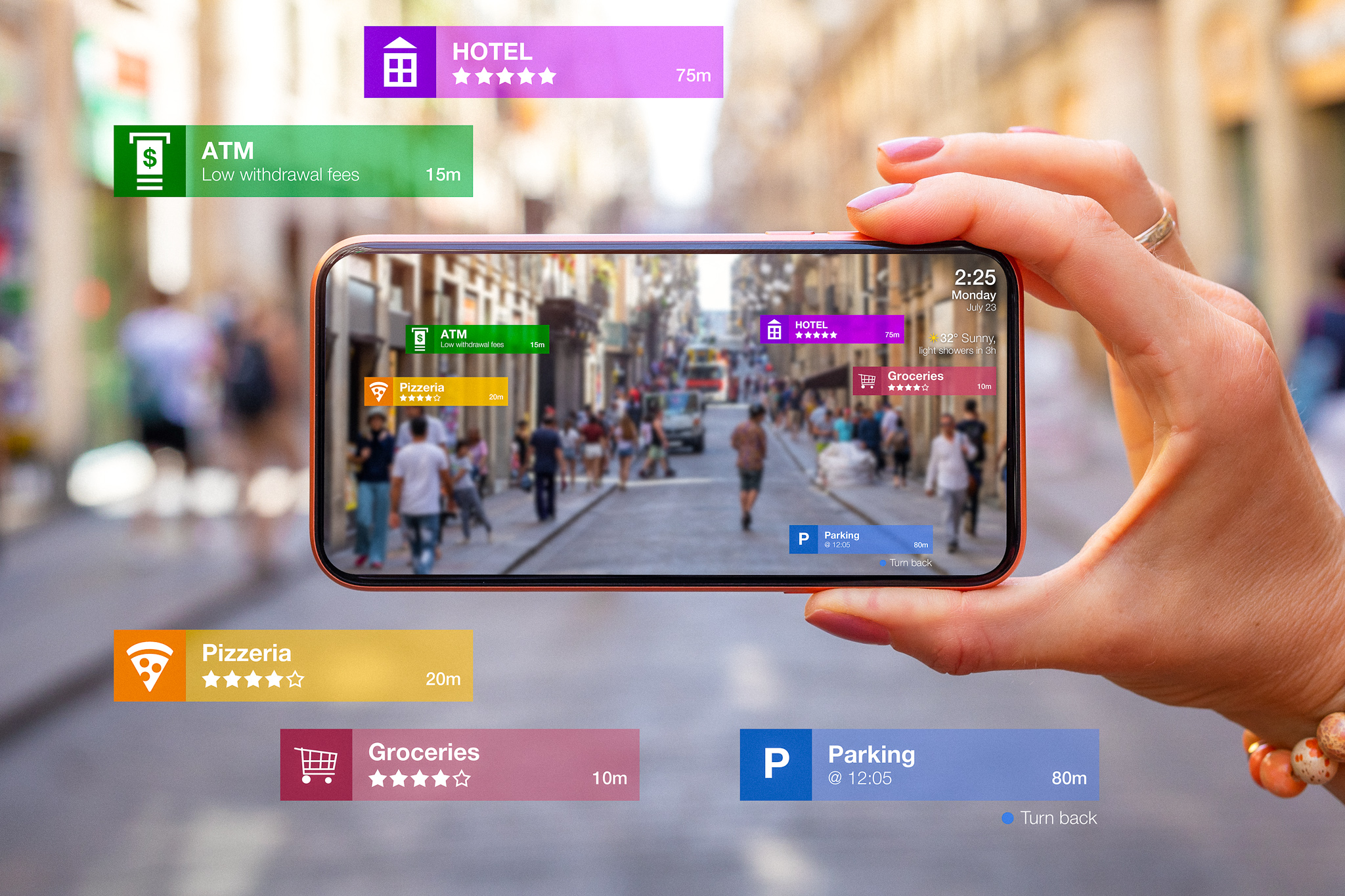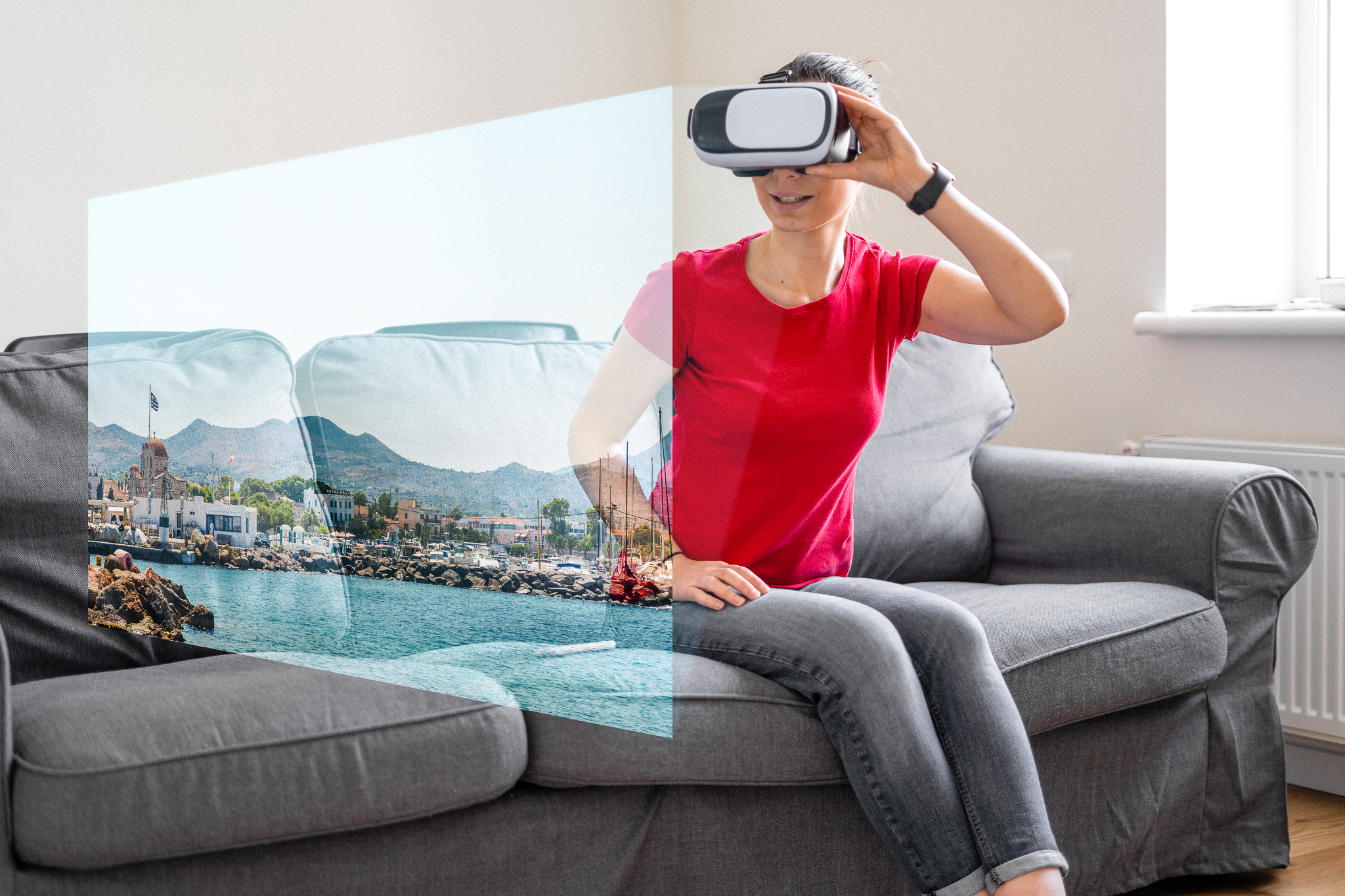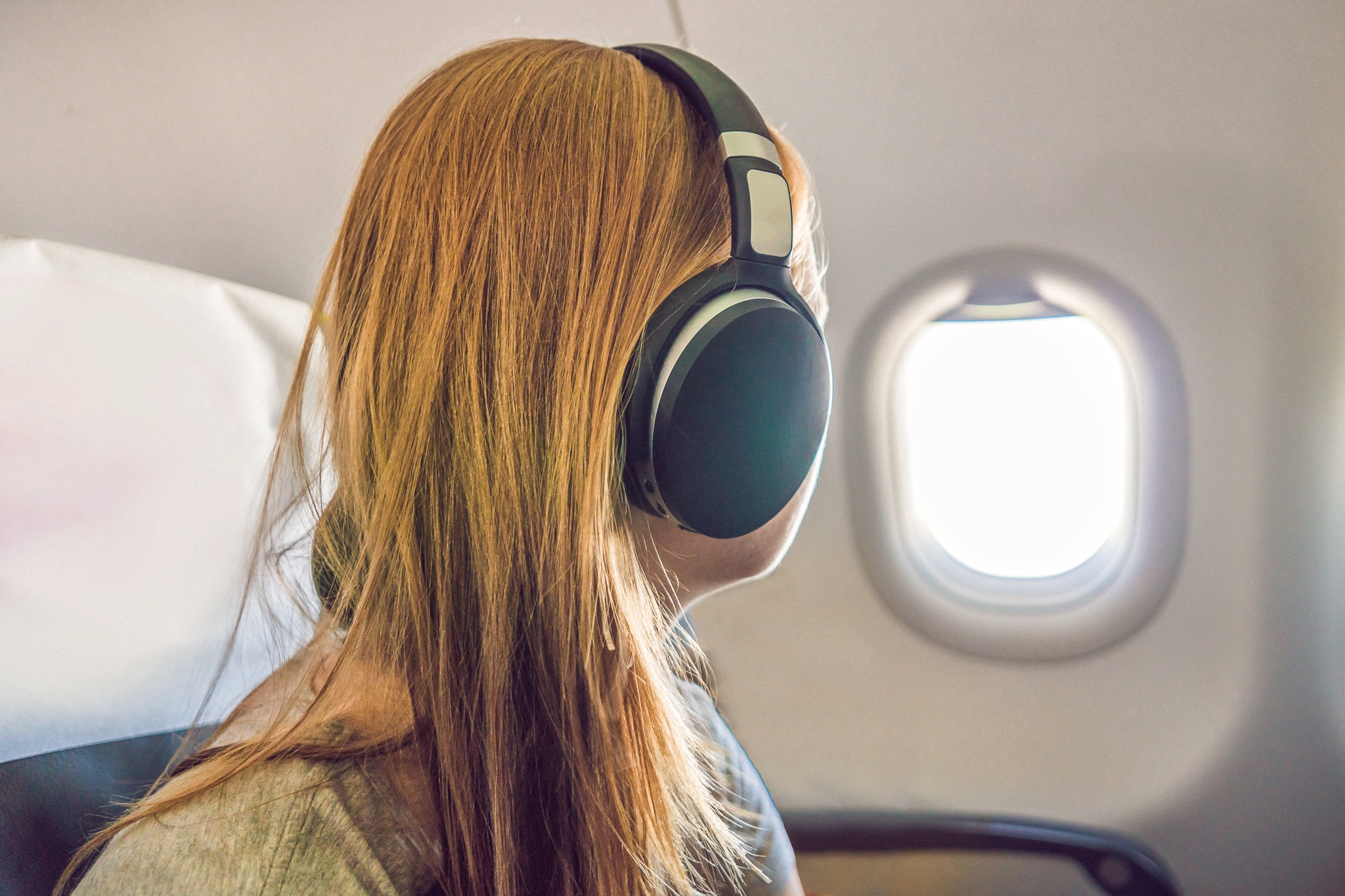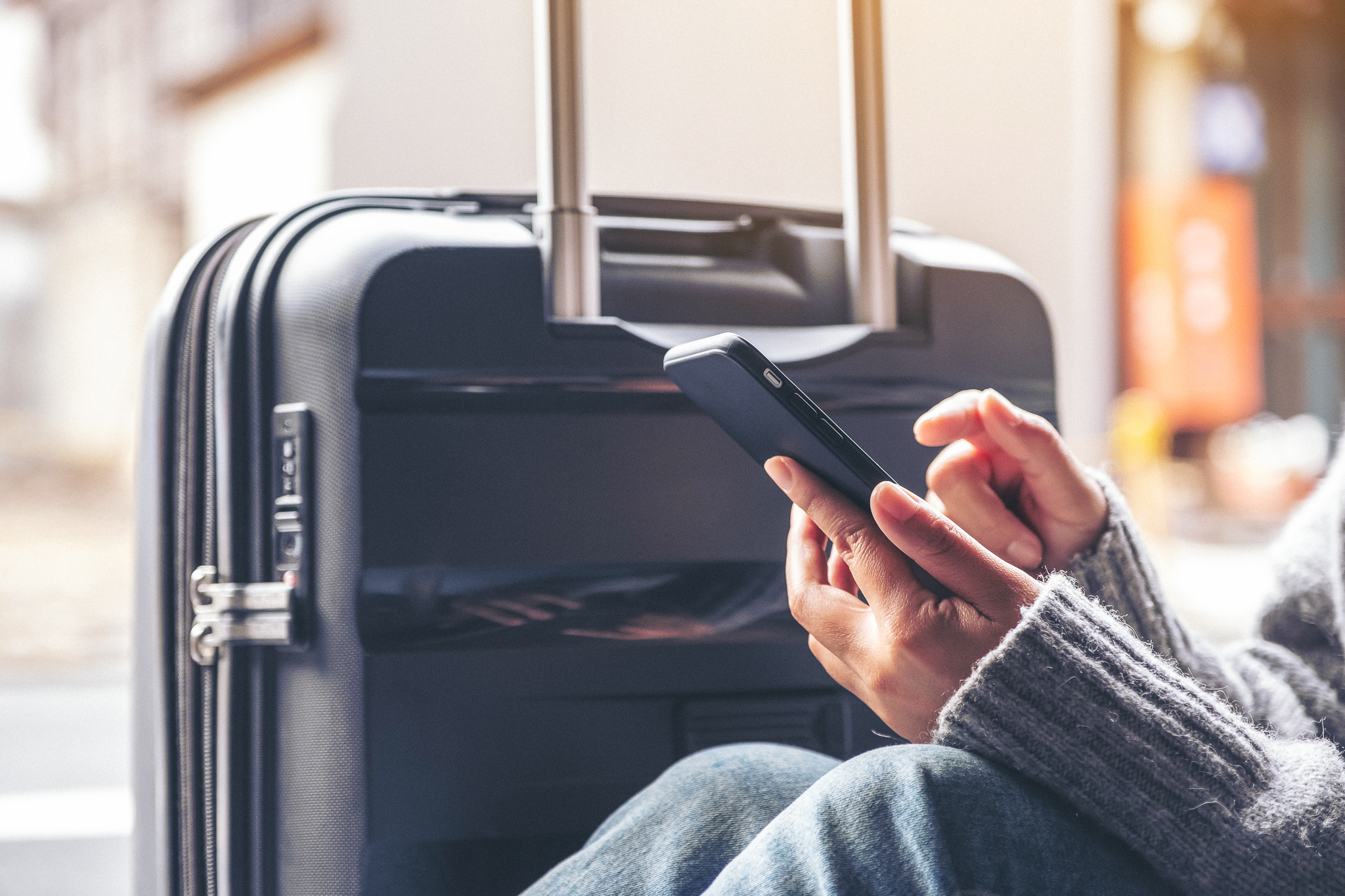Augmented reality (AR) is fast becoming the tourism industry’s favorite tool. The technology was already gaining traction even before the COVID-19 pandemic struck. With more than three billion people owning a smartphone, no tourism brand can afford to overlook AR apps. Here are some examples of augmented reality travel experiences available to any tourism brand.
AR Portals
An AR portal is an entry to a new and exciting virtual world, which can transport customers to completely different environments. In this way, users can explore the world without having to leave their own space. For example, TAP airlines took its customers to a famous square in Lisbon to promote the city as a destination. Culture Trip partnered with Poplar Studio to design Facebook portals that brought users to three iconic Sohos of the world in Hong Kong, London, and New York.
AR Guides
Augmented reality tour guides can offer a far more personalized experience to users. Depending on the destination, augmented reality travel guides may be historical figures, fictional characters, or real lifelike humans that provide one-on-one interactions and an immersive journey. For example, in 2018, visitors at the Intrepid Sea, Air, and Space Museum were greeted by a hologram of Mae Jemison, the first woman of color to explore space. In 2018, to promote the launch of its new cruise ship, the “Celebrity Edge,” the luxury cruise line Celebrity Cruises created an AR app with holographic versions of some of its most important figures who acted as tour guides and dancers.
AR Maps
Augmented reality travel maps can make information on a map come to life by adding digital components such as arrows and other details that point users in the right direction. American Airlines’ app offers an AR overlay that directs users to important areas, such as the check-in desk and security checkpoint. The Hub Hotel from Premier Inn in London’s Covent Garden displays a map of the city of London in each room, which guests can point their iPhones at to see points of interest overlaid on top of it.
Gamified Tours
In 2016, amusement park Cedar Point integrated “The Battle for Cedar Point” experience into its app. Visitors could join different clans and compete with other guests by scanning ride signs, game symbols, and t-shirts dotted around the park. In addition to keeping guests entertained, the app also improved dwell time at places like restaurants and merchandising stores, thus increasing spend.
Getting Started With Augmented Reality Travel
The COVID-19 pandemic made travel impossible for millions of people, but that doesn’t mean augmented reality travel will slip into obscurity. With most travel brands still woefully behind when it comes to AR, developing apps and features can go a long way in helping you stand out. Get in touch with AR experts at Poplar Studio today to talk about all things immersive and virtual reality travel.










